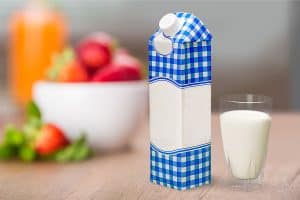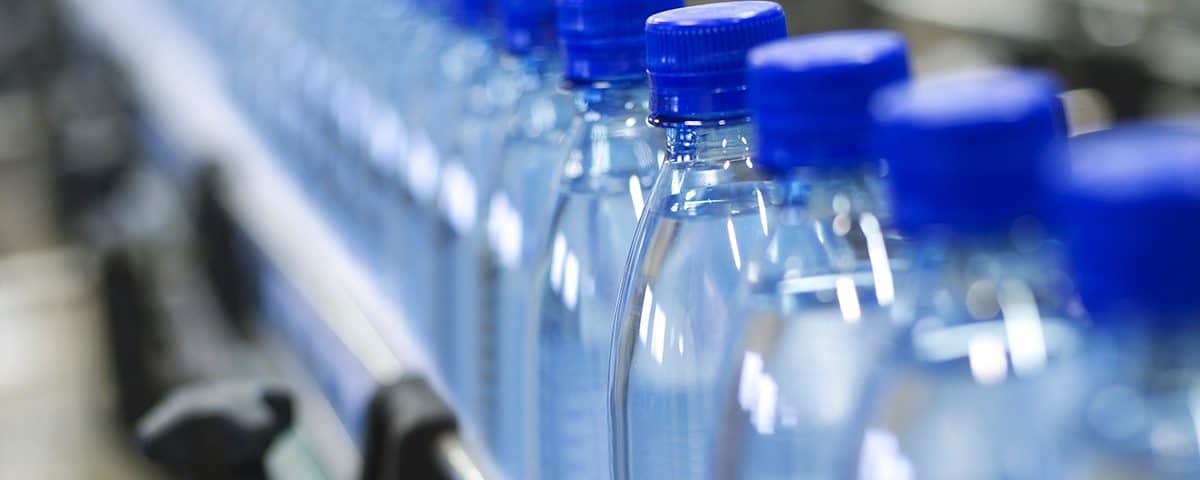Materials and articles intended to come in contact with food (food contact materials or FCMs) fall under a framework regulation – the regulation (EC) No 1935/2004 on materials and articles intended to come into contact with food, and Regulation (EC) No 2023/2006 on good manufacturing practice for materials and articles intended to come into contact with food, that establishes the principles of safety assessment and management regarding the risk of transfer of chemicals from such materials into foods. While some materials are covered by EU-wide specific measures, others remain overseen by national rules and depend on mutual recognition, raising concerns that inconsistencies can impact safety and trade.
Market and policy context of Food Contact Materials FCMs
The market for FCMs represents approximately an EUR 100 billion annual turnover. Plastic, paper, and board represent more than half, followed by glass, machinery, and metal. Sectors of adhesives, inks, resins, waxes, ceramics, cork, wood, rubbers, silicone and coatings are smaller. Many sectors have a significant portion of Small and Medium Enterprises SMEs even when their contribution to the turnover is limited.
The materials covered by Union legislation are active and intelligent materials, ceramics, plastics, and regenerated cellulose. The materials covered only by national measures are adhesives, printing inks, coatings, glass, ion exchange resins, waxes, metals, cork, wood, paper and board, silicones, rubber, textiles and combinations of materials.
General barriers to FCMs
However, there are four main shortcomings to the current situation were identified as follow:
- There is a lack of common guidelines and transparency in undertaking risk assessment (RA) work across Member States (MSs). Protocols for the authorisation of substances can differ between MSs and from that of the European Food safety agency (EFSA). The potential of RA tools developed in the EU is not fully exploited.
- National measures can be difficult to access and are not always consistently structured or sufficiently detailed. Specific standards on food safety requirements common to all FCMs and on Good Manufacturing Practice (GMP) are needed. In particular, the declaration of compliance (DoC) and supporting documents need specific quality criteria potentially linked to sanctions for the adequate quality and traceability of the information transfer along the chain.
- Measures are based on lists of authorized substances (with a total of close to 8,000) but show disparities among MSs in the nature of substances considered, the type of restrictions imposed and their numerical values. This leads to multiple testing requirements and further complicates mutual recognition.
- Testing methods are lacking for enforcement and compliance, making it more difficult to demonstrate that food safety is consistently ensured.
The safety of FCMs relies on effective processes and criteria for risk assessment, risk management, enforceability and self-control by manufacturers.
Rip off barriers of FCMs
National RA schemes and specific requirements for the authorisation of substances are not the same in all MSs and also often differ from that of EFSA. Their access is also very limited. The MS network created by EFSA to share data needs further follow-up activities comparing national protocols. Tools exist at EU, national or industry levels on hazard characterisation or risk/exposure assessment that could be exploited further.

The transfer of safety-related information from one actor to the next in the manufacturing chains of FCMs presents flaws, often in the composition and toxicological characterization of the substances used.
Measures on general requirements on chemical safety are not present or are different across MSs. In particular, the requirements on the DoC and supporting documents lack guidance and associated quality criteria enforced by sanctions. Requirements on GMP are mostly not material specific and lack practical guidance. Self-regulation on GMP often exists in the form of sectorial guidelines. It is not clear whether these are consistently applied equally by all members (from large enterprises to SMEs).
National measures on specific materials are mainly based on lists of authorised substances and corresponding restrictions. Close to 8 000 substances were found. Some materials are regulated by more than 10 MSs (metal, glass) and some only by a few (wood). National rules for ceramics, glass and metals/alloys cover about 15 heavy metals and ban substances such as barium and mercury. There are between 100 and over 5 000 substances authorised for each category of the other materials. Only 15-35 % of substances considered nationally are in the lists that EFSA reported as being adequately risk assessed.
A low proportion of substances (0.5-5 % for chemicals to 10-18 % for materials) are common to three or more MSs. Differences between Council of Europe (CoE) and MSs’ lists suggest a limited transposition of CoE resolutions. For a given substance, the type of restriction (e.g. migration vs compositional limits or quantity in materials) or its numerical value can vary across MSs.

There is a lack of concerted strategies for the monitoring of various FCMs among MSs. This can be perceived as the grey area for the systematic assurance of food safety. The level of non-compliance is not greater overall for non-harmonised materials, but it is prevalent for their imports. Enforcement also suffers from lack of standards or test methods.
The presence of multiple diverging rules, which may be difficult to access, have an unclear legal status and exist only in a single language are perceived as an added burden and barrier to trade for the non-harmonised sectors. It leads industries to seek external legal advice, which adds to costs and may result in lengthier authorisation processes and delayed market access. It can also result in a greater focus on certification and accreditation systems at the industrial level.
Different requirements or restrictions also increase costs due to multiple (re)testing. The scarcity of analytical standards or methods can require industry to hire commercial laboratories. For official controls, the lack of methods leads to added efforts on development and validation for enforcement. The sectors increasingly tend to seek global food contact compliance in non-EU legislation to overcome the lack of coherent rules at EU level. The overall added burden may place SMEs at a disadvantage.
These multiple regulatory frameworks can lead to the incomplete or incorrect application of mutual recognition by some MSs. It can also be perceived as a lack of rules to adhere to by non-EU country operators importing into the EU. Industry self-regulation, if not under EU Guidelines (especially for RA), can limit the access to markets, particularly for SMEs.

